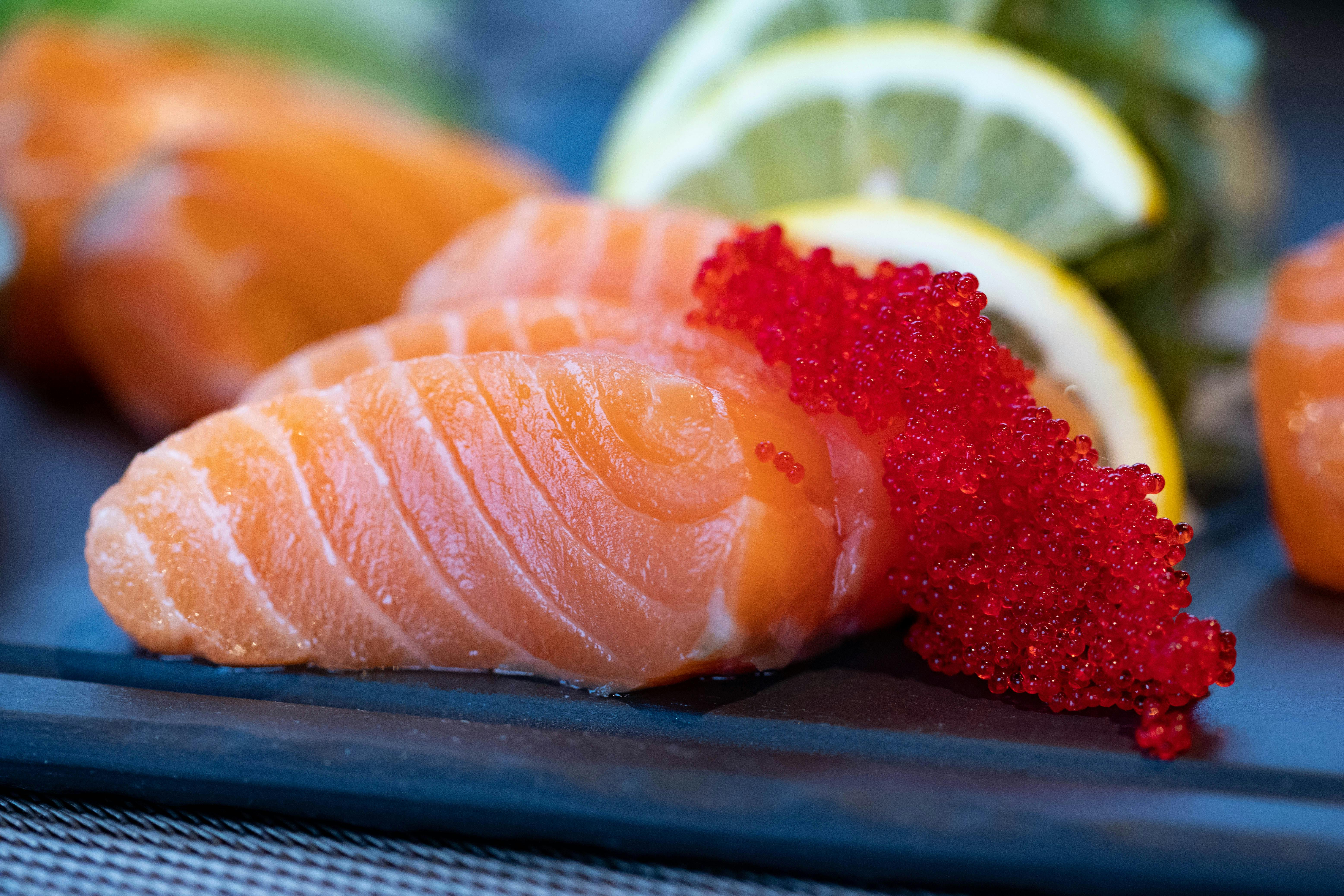
Effective Ways to Optimize Your Cyclical Ketogenic Diet in 2025
The cyclical ketogenic diet (CKD) combines the principles of the traditional ketogenic diet with strategic carbohydrate cycling. This method allows individuals to enjoy the benefits of a ketogenic lifestyle while still incorporating carbohydrates during specific periods. In 2025, understanding how to effectively implement and optimize this diet can lead to enhanced metabolic flexibility, better energy management, and improved athletic performance.
Whether you’re a seasoned keto veteran or just starting, this article will guide you through the benefits of cyclical ketogenic diet, provide practical keto diet tips, and share strategies to successfully follow this unique dietary approach. We’ll explore topics such as keto cycling, carb refeeding, and how to effectively manage your protein intake on keto. Be prepared to learn about cyclical keto recipes, keto meal prep strategies, and much more!
By the end of this article, you'll gain insights into how to maintain energy levels, optimize your meals, and track your progress on the cyclical ketogenic diet in a way that fits your lifestyle.
Understanding the Basics of Cyclical Ketogenic Diet
Building a solid foundation for your cyclical ketogenic diet starts with understanding the fundamentals. The CKD typically consists of a standard keto approach for five to six days followed by one to two days of higher carbohydrate intake. This cycling method aims to enhance performance, especially for those who engage in intense physical activity.
How to Follow a Cyclical Ketogenic Diet
To effectively follow a cyclical ketogenic diet, begin by identifying your baseline macros based on your lifestyle and fitness objectives. Typically, during the keto phases, your intake will consist of high fats (70%–80%), moderate protein (15%–25%), and low carbohydrates (5%–10%).
On carb refeeding days, you will reverse this ratio, reducing fats and increasing carbohydrates while maintaining a moderate protein intake. This balance allows your body to replenish glycogen stores and optimize recovery.
Common Mistakes in CKD
Many individuals make common errors when starting the CKD. One major mistake is failing to plan meals adequately during refeed days, resulting in excessive carb intake and undermining the benefits of the diet. It's crucial to adhere to your targeted macros even on higher-carb days.
Another mistake is not tracking your food intake. Keeping track of your macros ensures you're not overdoing your carb intake while sticking to your overall dietary goals.
The Importance of Meal Timing
Meal timing plays a crucial role in maximizing the efficiency of your cyclical keto diet. Consuming the majority of your carbohydrates during post-workout meals can aid in recovery and muscle glycogen replenishment. This practice aligns with the body's natural insulin sensitivity when it is most relevant.
Benefits of Incorporating Carbs into Your Keto Diet
Integrating carb cycling into your ketogenic lifestyle can provide several benefits. It not only supports athletic performance by ensuring adequate energy for workouts but also helps in maintaining hormonal balance and metabolic health.
Cycling carbs can also prevent the psychological impacts of strict dieting, making it easier to adhere to your diet long-term and enjoy a variety of foods without derailing progress.

Practical Tips for Maintaining Weight with Cyclical Keto
When it comes to maintaining weight on the cyclical ketogenic diet, smart meal planning and mindfulness about food choices are essential. You'll want to plan your meals not only for the ketogenic days but also for the carb refeed phase effectively.
Keto Meal Prep Strategies
Meal prep is an invaluable strategy for ensuring you stick to your cyclical keto plan. Consider dedicating a few hours each week to prepare meals that include keto-friendly ingredients during your low-carb days.
On carb cycling days, opt for nutrient-dense carbohydrate sources like sweet potatoes, quinoa, and fruits that provide essential vitamins and minerals while supporting recovery.
Keto Meal Timing and Intermittent Fasting
Integrating intermittent fasting with your cyclical keto diet can further amplify benefits like fat loss and muscle gain. For example, try eating your meals within an 8-hour window each day, which can stimulate weight loss while preserving muscle mass.
This approach can enhance your body's ability to enter ketosis faster while improving overall metabolic health. It can also help manage cravings, making the transition into carb cycling smoother.
High-Quality Keto Snacks for Cycling Days
During cycling days, having healthy snacks on hand can prevent OTT bites that go beyond your macro targets. Options such as low-carb protein bars, nuts, or Greek yogurt can help maintain energy without overshooting your carbohydrate limit. Planning ahead can keep you compliant with your keto guidelines while satisfying cravings.
Tracking Progress on Cyclical Keto
Tracking your body’s response to the CKD is critical. Monitor your weight, energy levels, and body measurements to understand how your body is adapting. Using apps to keep an eye on macros can aid in maintaining focus and facilitate necessary adjustments.

Common Questions About Cyclical Ketogenic Diet
As you dive into the cyclical ketogenic diet, you might have several questions about its implementation, efficacy, and adaptability to different lifestyles.
How Does the Cyclical Ketogenic Diet Affect Athletic Performance?
The cyclical ketogenic diet can significantly enhance athletic performance by allowing you to sustain energy levels during high-intensity workouts. By incorporating carbohydrates, you can improve recovery times and overall exercise output.
Is It Difficult to Transition to Cyclical Keto?
Transitioning to a cyclical ketogenic diet may require some time and patience. Initially, there might be some adjustment as your body adapts to the new macronutrient ratios. However, once adapted, many individuals find their energy levels become more stable, and they are able to perform optimally during workouts.
What Are the Best Keto Supplements to Use?
Certain supplements can support your CKD journey. Consider using exogenous ketones during your low-carb days to help you enter ketosis faster, or electrolytes to stay hydrated and manage potential imbalances.
How to Stay Motivated on the Cyclical Keto Diet?
Staying motivated can be challenging, especially during refeed days. Staying connected with others who follow similar dietary approaches and setting realistic goals can help keep your focus aligned and your spirits boosted.
Remember to celebrate small victories, which can contribute to long-term adherence and success.
In conclusion, optimizing your cyclical ketogenic diet involves a combination of smart meal planning, understanding macronutrient ratios, meal timing strategies, and tracking your progress effectively.